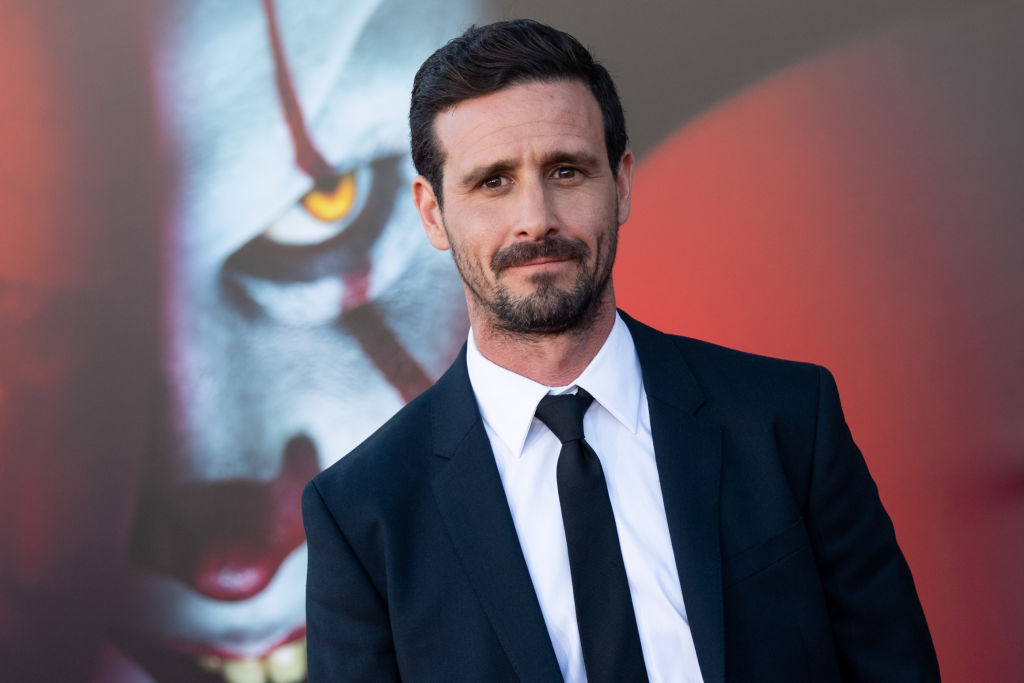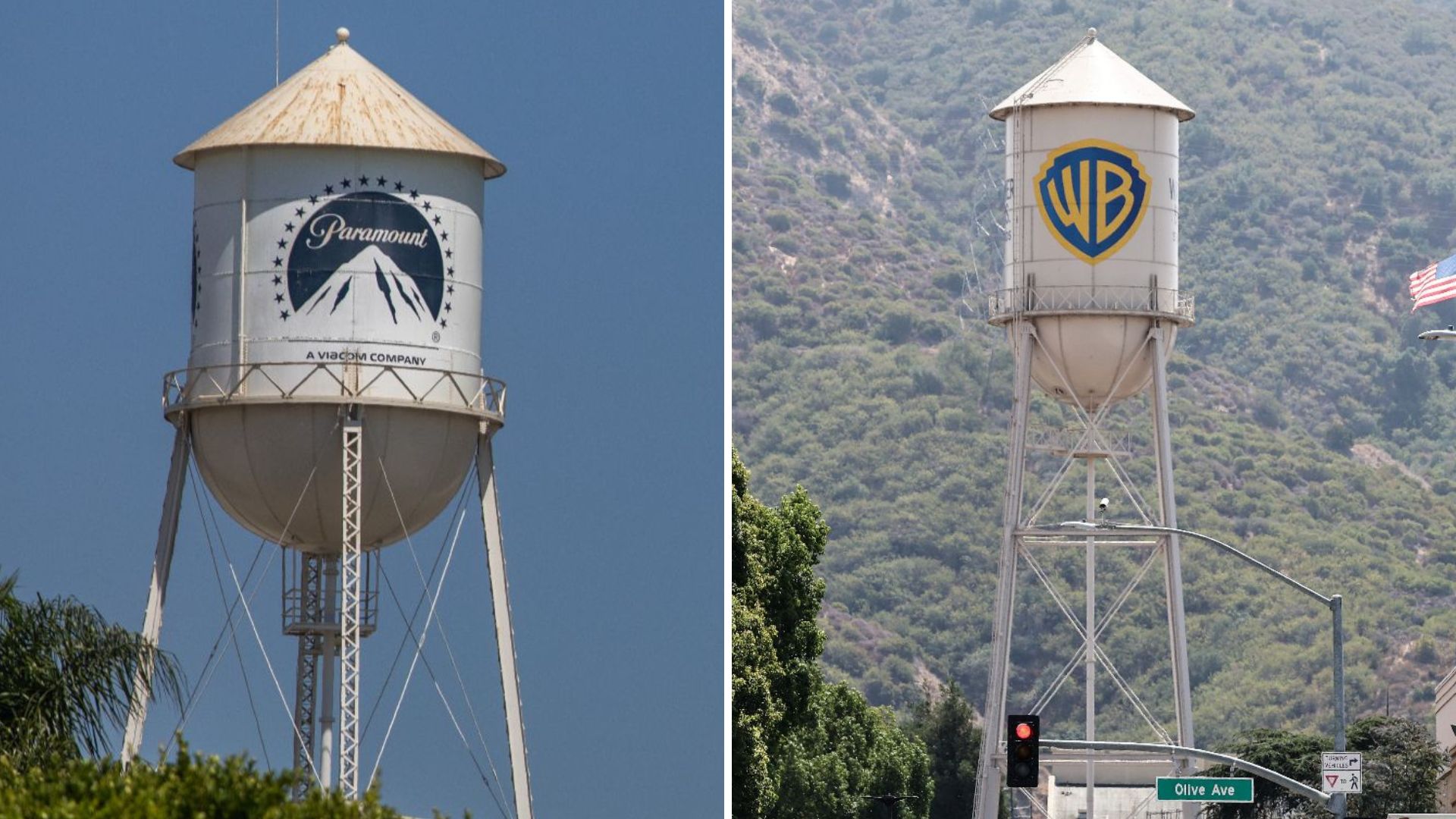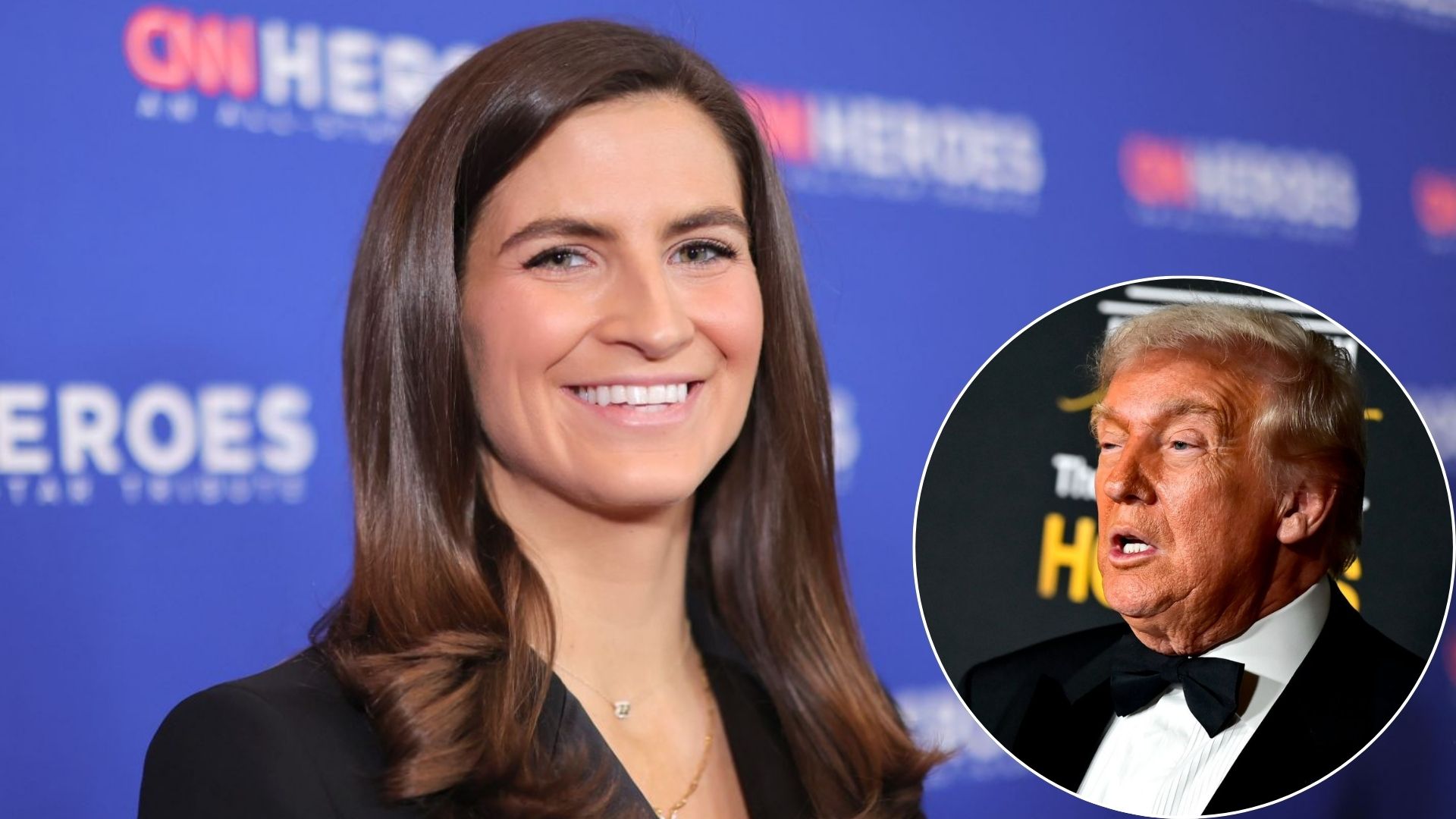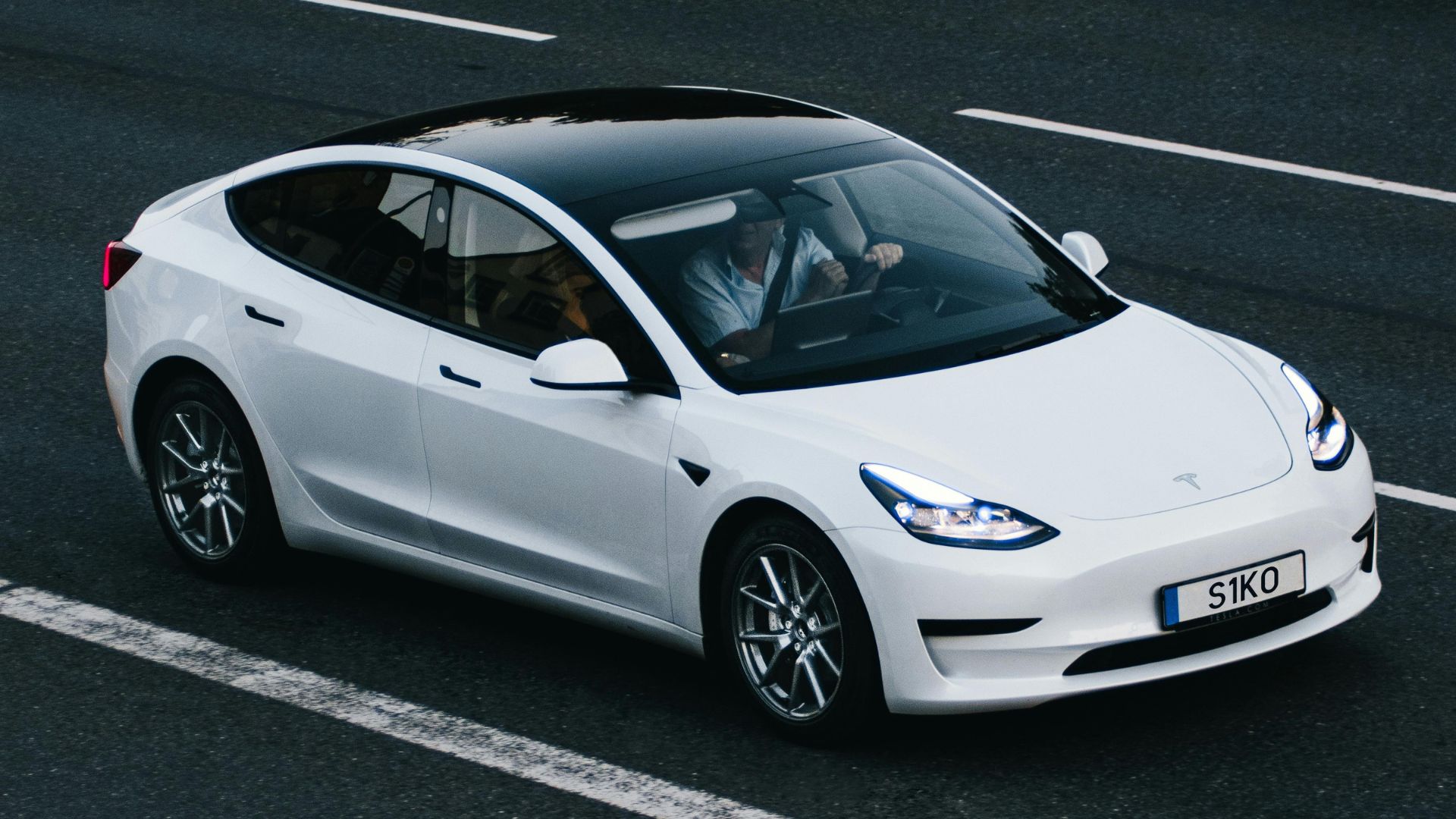
Every parent eventually faces this moment of truth. Standing in a car lot, watching their newly licensed teenager eye various vehicles, knowing that this decision impacts everyone’s peace of mind. If you’re in this position, note that smart money is always invested in cars that prioritize safety and dependability over flashy features and aggressive styling.
While experienced drivers can handle quirky transmissions, complex controls, and occasional reliability hiccups, beginners need something that just works, day after day, without drama or expensive surprises.
So, here are the seven best cars that deliver on their promise, plus seven others that might leave you questioning every choice that led to that particular purchase.
Honda Civic Sedan
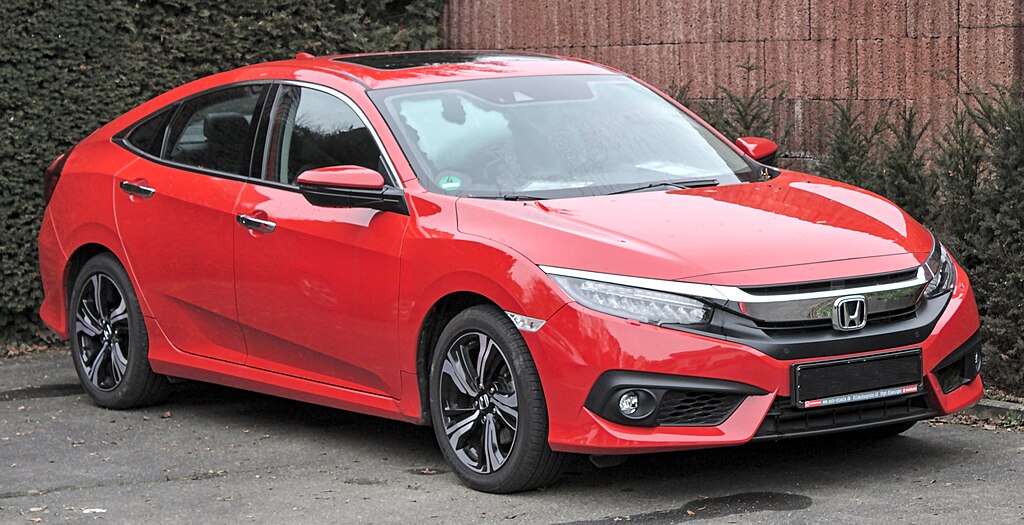
Newbies couldn’t ask for a better first car than Honda’s award-winning Civic Sedan. This 2025 IIHS TOP SAFETY PICK+ winner combines impressive 32 city/41 highway MPG efficiency with Honda Sensing’s collision mitigation technology. Over 12 million Civics have graced U.S. roads since the model’s 1973 debut.
Honda CR-V
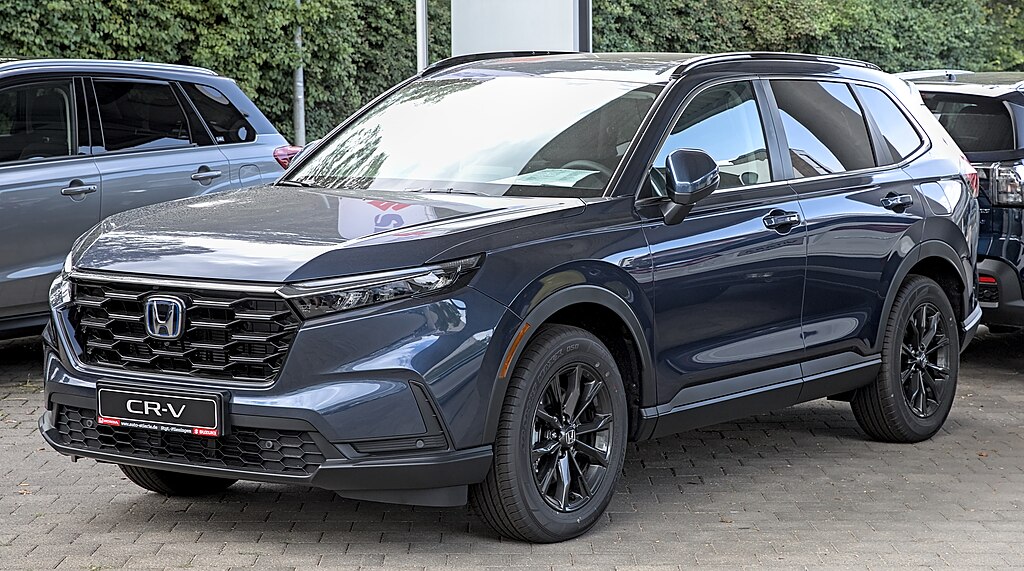
There’s good reason America’s best-selling SUV dominates driveways across the country. The IIHS safety recognition, combined with Consumer Reports’ “all-around gem” praise, creates the ultimate family vehicle. The cleverly named “Comfortable Runabout Vehicle” delivers on its promise with 39.2 cubic feet of cargo space.
Nissan Sentra
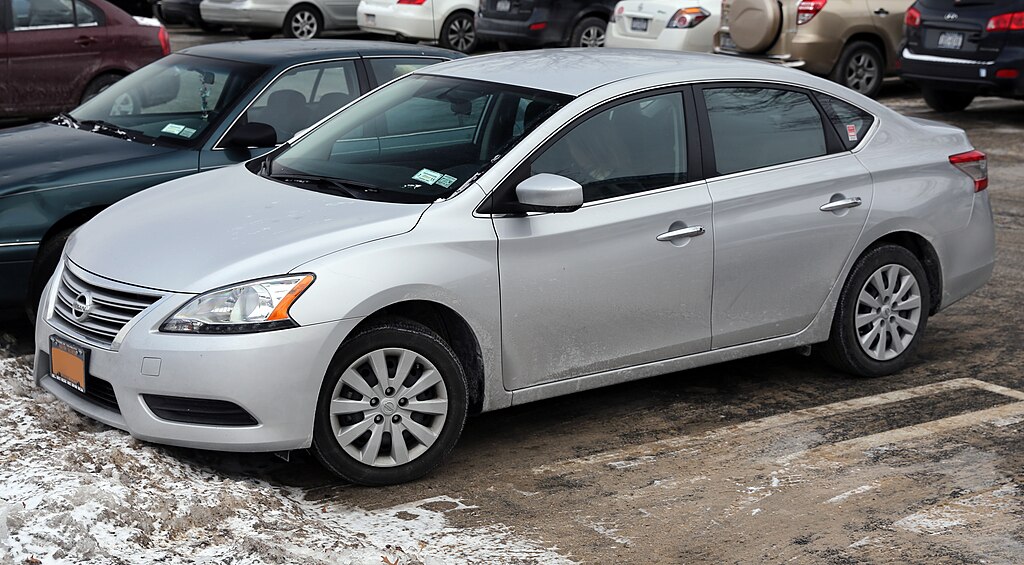
Budget-conscious families get premium treatment with the Consumer Reports Top Pick Sentra. Advanced safety features typically reserved for luxury cars come standard with this beast, alongside surprisingly comfortable rides and agile handling. Nissan even throws in three free oil changes during your first two years of ownership.
Mazda3
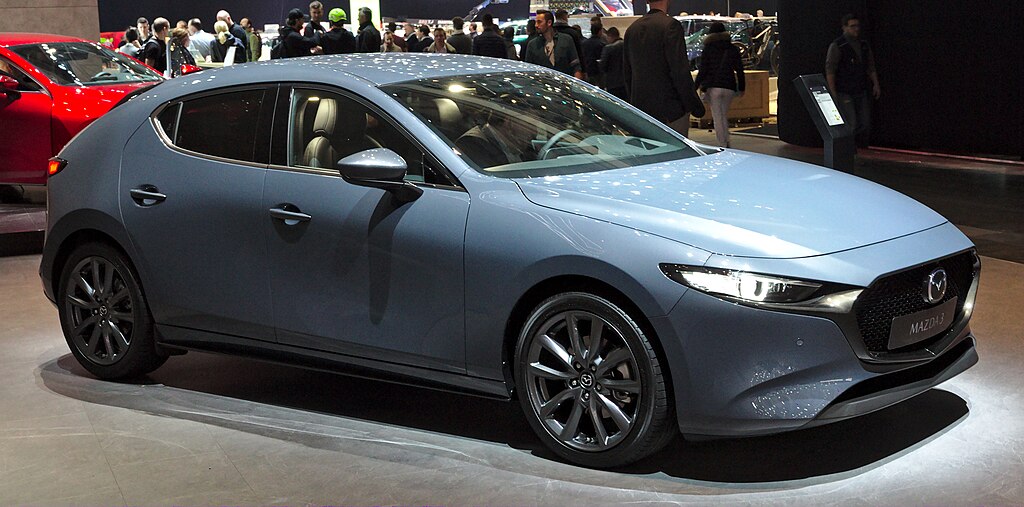
Luxury styling meets affordable pricing in Mazda’s beautifully crafted compact sedan. The sophisticated cabin quality and engaging driving dynamics make passengers think they’re riding in something far more expensive. Most importantly, the i-Activsense safety technology protects inexperienced drivers. SKYACTIV engineering also delivers excellent fuel economy.
Subaru Crosstrek
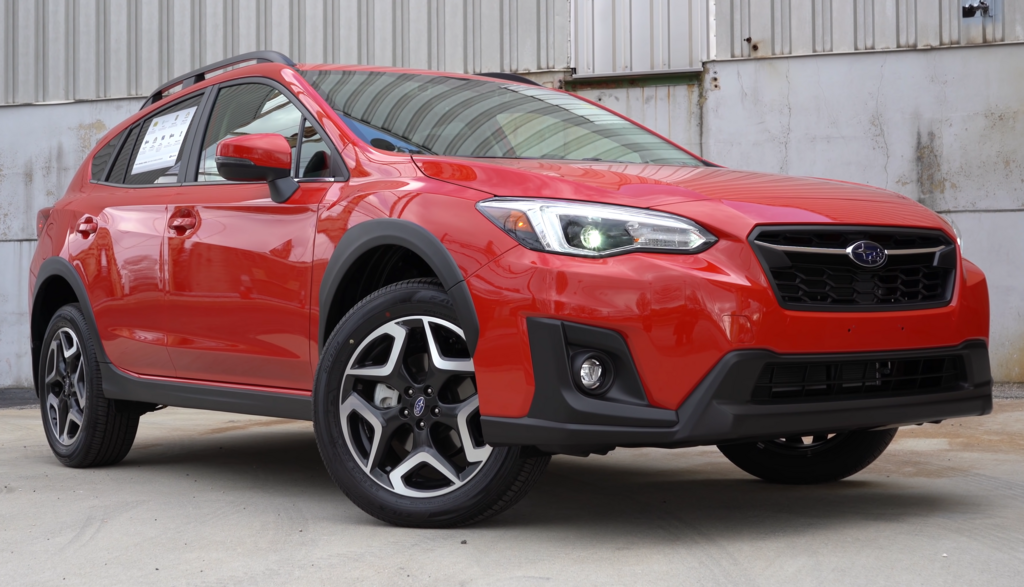
Weather worries disappear with this car’s confidence-inspiring crossover equipped with standard all-wheel drive. Consumer Reports’ reliability ratings and comprehensive EyeSight safety systems earn parental approval. With 8.7 inches of ground clearance, this SUV tackles challenging terrain that other compact SUVs can’t handle.
Hyundai Elantra
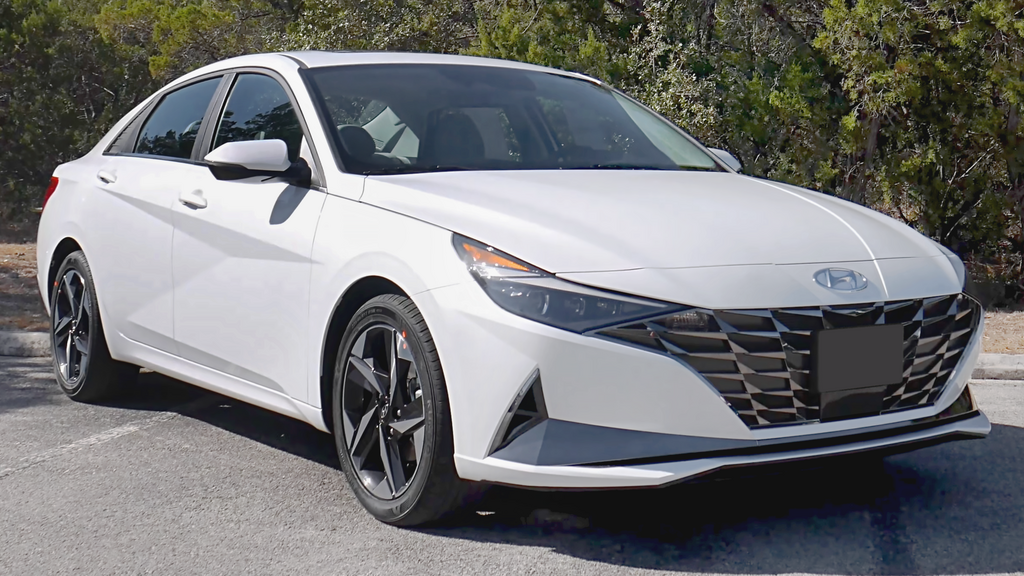
Teen drivers get royal treatment from US News & World Report’s “Best New Car for Teens” winner. Additionally, Hyundai’s generous three-year complimentary maintenance program is paired with an industry-leading 10-year/100,000-mile powertrain warranty, providing unmatched peace of mind. Advanced infotainment technology keeps young drivers safely connected.
Toyota Corolla
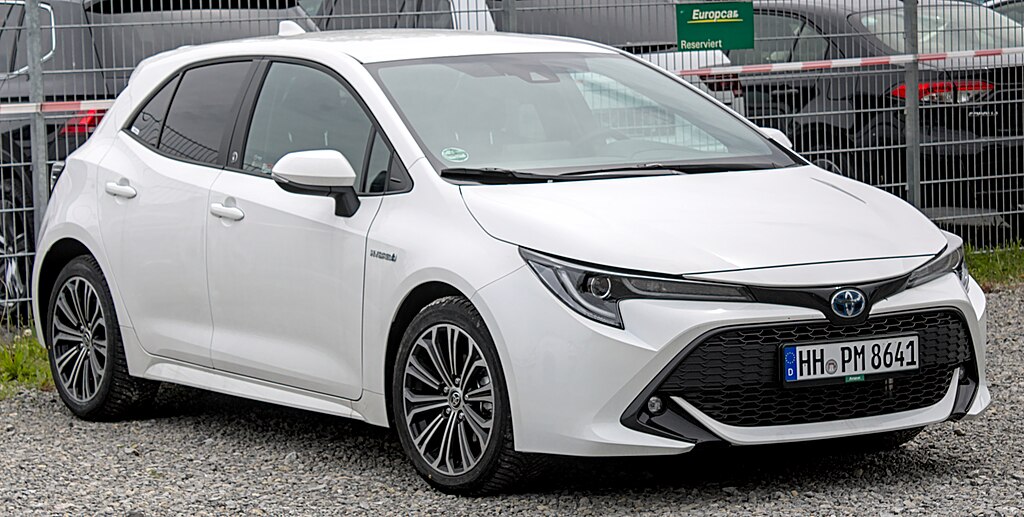
When Consumer Reports praises reliability, savvy buyers listen—and the Corolla consistently earns top marks. This global success story spans generations. Every model comes set with Toyota Safety Sense 2.0 protection, while strong resale values ensure your investment remains protected down the road.
Tesla Model 3
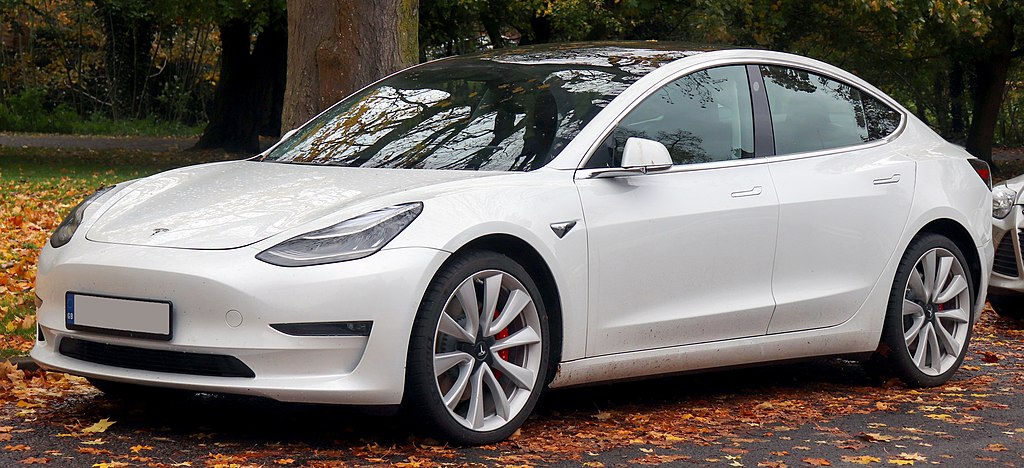
Now, coming on to the worst cars. Electric vehicle enthusiasm can’t overcome serious reliability concerns plaguing Tesla’s popular sedan. Consumer complaint data reveals troubling failure rates, including dangerous malfunctions of turn signal buttons and weather-related issues with horns. Drivers also mentioned that screen freezes tend to disrupt essential navigation and climate functions.
Mitsubishi Mirage
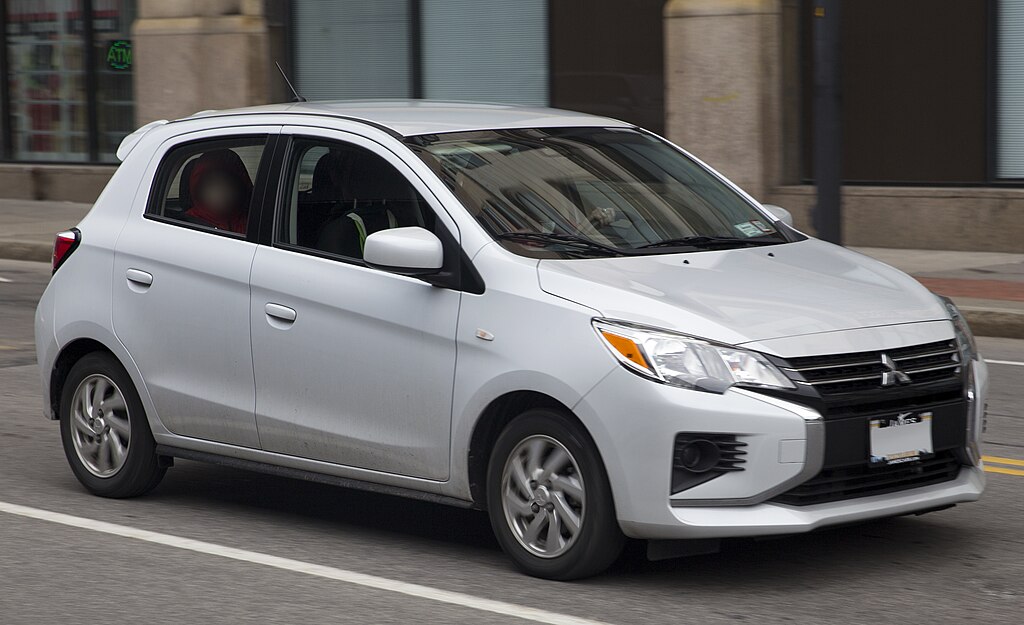
Let’s talk about Mitsubishi’s struggling hatchback. Rock-bottom pricing comes with equally low expectations here. The pathetic 78-horsepower engine barely manages city driving, let alone highway merging, earning harsh “glorified golf cart” criticisms. Poor soundproofing and subpar build quality contribute to its poor driving experiences.
Kia K5
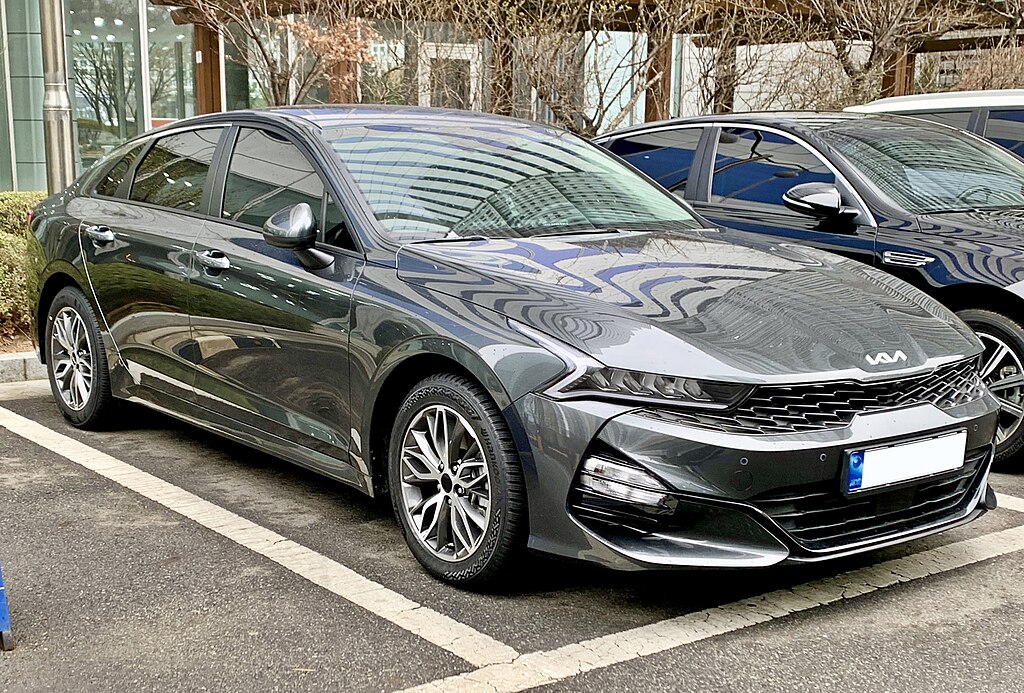
Bold styling writes such checks that this sedan’s performance can’t cash. It gives rise to frustrating disconnects between appearance and reality. The K5’s aggressive “tiger nose” grille design suggests sporty capabilities, but it delivers disappointingly sluggish acceleration and uninspiring handling. Car and Driver notes this dramatic mismatch.
Mitsubishi Outlander Sport
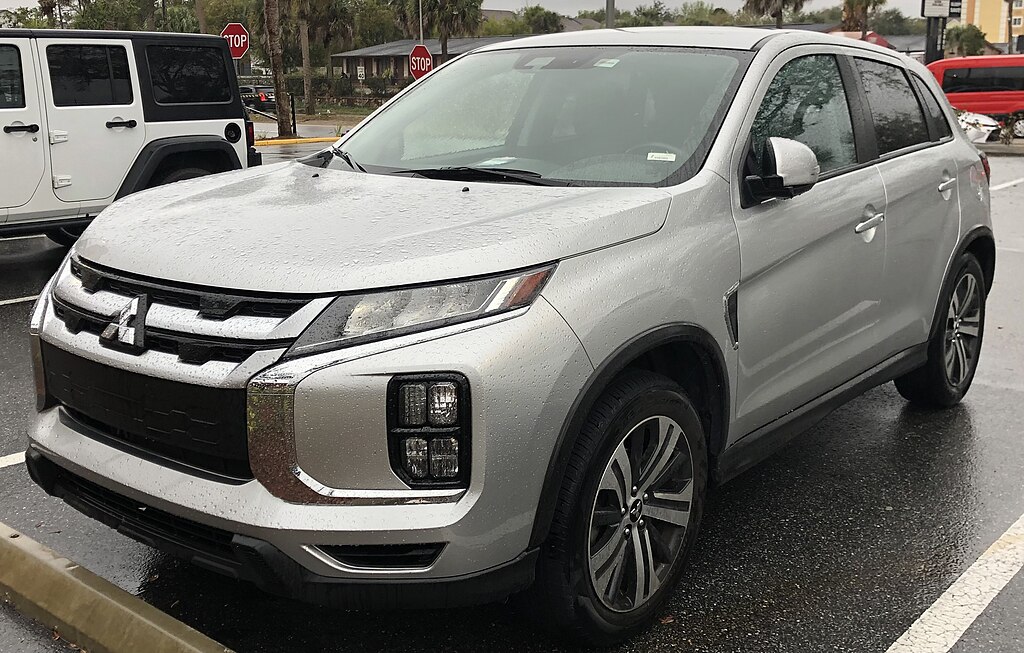
Underpowered engines plague this compact SUV that tries really hard to justify its existence for young drivers. The disappointing 148-horsepower base engine and optional 168-horsepower upgrade both feel inadequate for modern driving demands. Even Mitsubishi’s 10-year warranty can’t overcome fundamental shortcomings.
Chrysler Pacifica
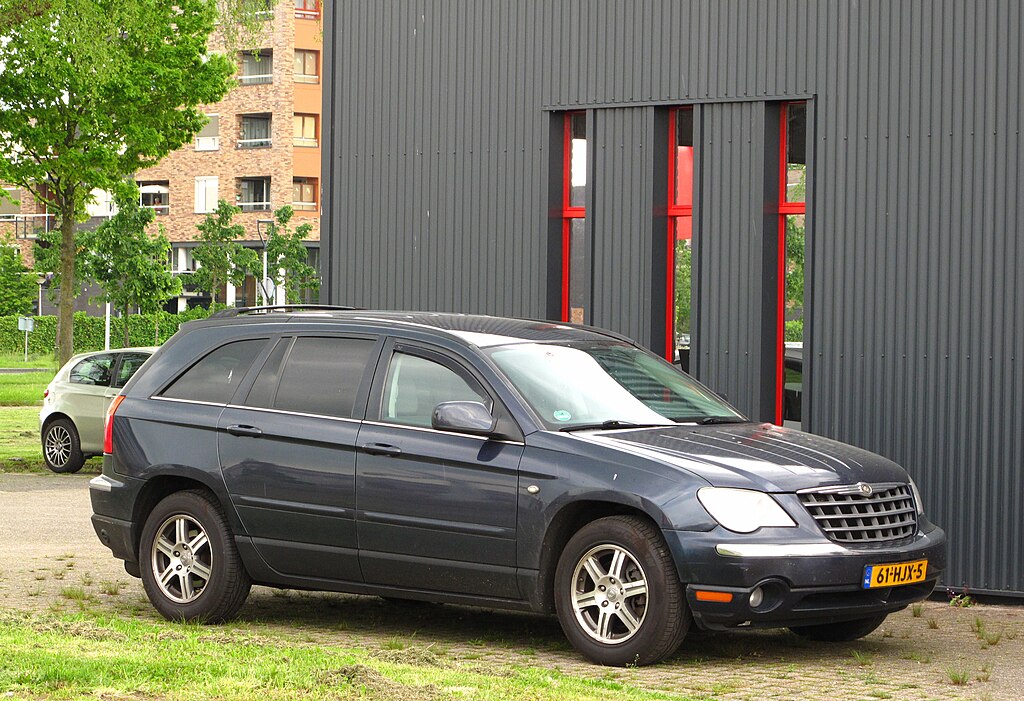
The Pacifica was the first hybrid minivan. However, minivan practicality comes at a steep financial cost with this family hauler. While the advanced Stow ‘n Go seating system and 140.5 cubic feet of maximum cargo space are sound, below-average resale values hurt long-term ownership costs.
Tesla Model S
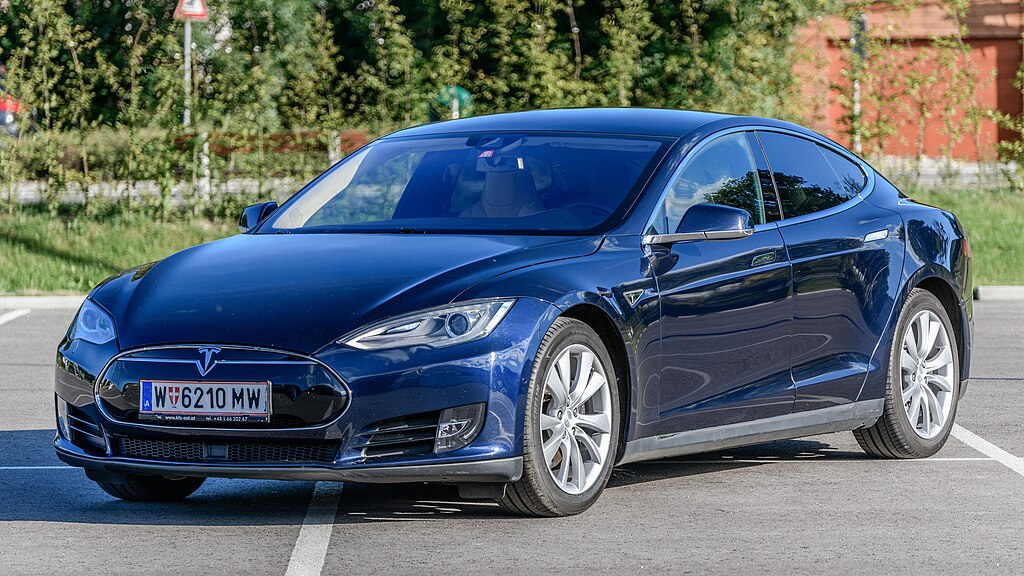
Luxury electric driving says hello to reliability nightmares in Tesla’s flagship sedan. The 2022 model’s staggering 19 NHTSA recalls raise serious quality concerns. Despite maintaining 5-star safety ratings from both NHTSA and Euro NCAP, average annual repair costs of $1,047 make this machine expensive to maintain for new drivers.
Volkswagen Taos
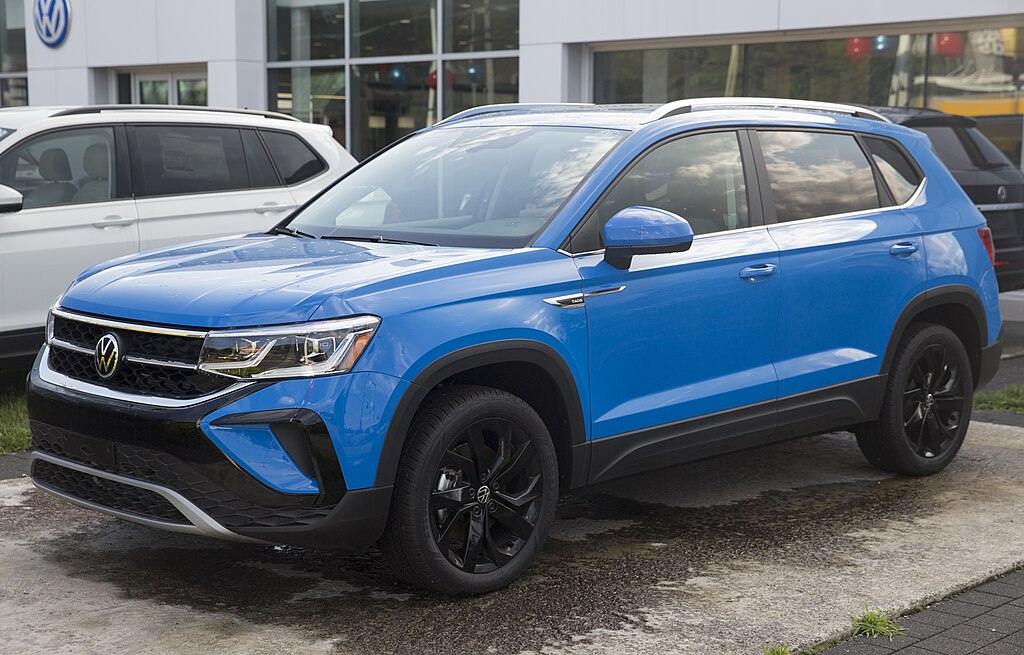
Named after New Mexico’s scenic city, this entry-level crossover continues VW’s geographic naming tradition. Sadly, it fails to provide the versatility modern SUV buyers expect from their investment. The lone 158-horsepower turbocharged engine falls short in power options, while all-wheel-drive models struggle with a jerky 7-speed dual-clutch transmission.
